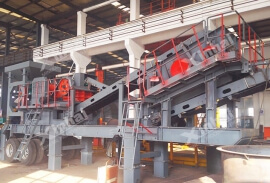As an important strategic resource, chrome ore is the raw material for the production of stainless steel, heat-resistant alloys, chemicals, etc. The most common type of chrome ore is chromite, which is an iron-containing chromium oxide and an important chrome ore resource in industry. Due to its high specific gravity and magnetic properties, chromite is usually separated by gravity separation and magnetic separation in the beneficiation plant. In the field of chromite beneficiation, the type and characteristics of the mineral are the key factors in selecting the beneficiation process, so a full understanding of the ore is required before beneficiation. The following article will introduce you to the common beneficiation methods of chrome ore beneficiation to help you understand the work of chrome mineral beneficiation.
Use the table of contents below to navigate through the guide:
01Chrome ore crushing and screening process
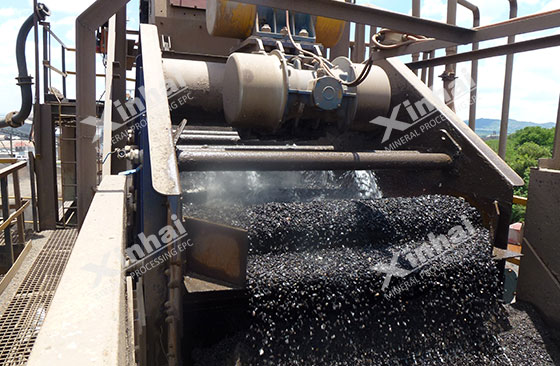
The crushing and screening process is a key step that affects the efficiency of chrome ore beneficiation and the quality of the final product. The hardness, toughness and particle size distribution of chrome ore are key factors that determine the crushing and screening process. Due to the high hardness of chrome ore, a jaw crusher or a cone crusher is required in the crushing process to ensure the durability and crushing efficiency of the equipment. The screening process requires the selection of appropriate screen size and screening equipment according to the particle size requirements of the chrome ore. Vibrating screens and drum screens are often used in beneficiation practice to ensure the accuracy of screening. In the crushing and screening process of chrome ore, the selection of crushing equipment and screening efficiency directly affect the economy and effect of beneficiation.
02Chrome ore gravity separation process
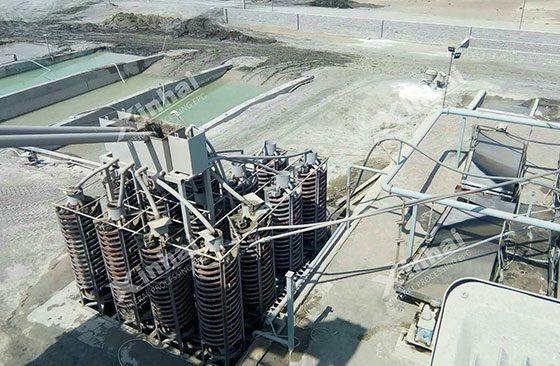
Gravity separation is an effective method in chrome ore beneficiation technology. It is mainly used to process coarse-grained materials and can effectively separate chromite from minerals. The core of gravity separation technology is to use the effect of gravity field to make minerals with different densities move at different speeds in water or air through equipment such as sedimentation, jigging or shaking table, so as to separate target minerals from gangue minerals. Gravity separation process has the advantages of low cost and environmental friendliness, and is a sustainable mineral processing technology. However, it is worth noting that gravity separation technology is not suitable for processing fine-grained chrome ore. The quality of the concentrate obtained by gravity separation is significantly reduced and the efficiency of gravity separation is not high. Therefore, gravity separation is often combined with other mineral processing methods such as magnetic separation and flotation to achieve ideal mineral processing effects.
03Chrome ore magnetic separation process
Chromium ore usually contains ferromagnetic mineral chromite, which can be attracted in the magnetic field, thereby separating chromite from other non-magnetic or weakly magnetic impurity minerals. Magnetic separation can significantly improve the grade of chromium ore, and by precisely controlling the magnetic field strength and processing efficiency, efficient recovery of chromite can be achieved. In addition, magnetic separation can also reduce the complexity and production cost of subsequent processing, providing technical support for the sustainable development of chromium ore resources.
04Chrome ore flotation process
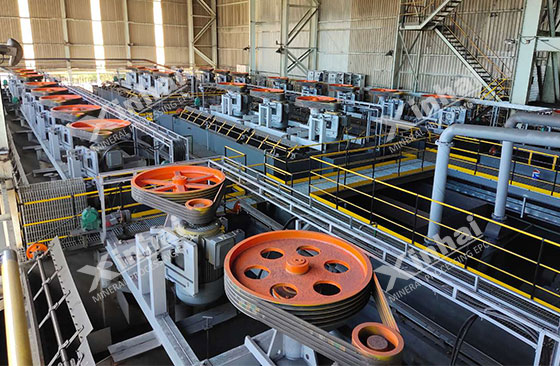
Flotation is a commonly used method for chromium ore beneficiation. Unlike gravity separation, flotation is more suitable for processing fine-grained chromium ore. By accurately controlling various parameters such as pH value, type and dosage of flotation reagents, and flotation time during the flotation process, the overall beneficiation efficiency and product quality can be improved while improving the recovery rate of chromite. When processing complex paragenetic ores, the use of multi-stage flotation and concentration can achieve the separation of multiple different minerals, obtain high-grade chromium concentrate, and efficiently utilize chromium ore resources.
05Key points in the chrome ore beneficiation process
When using the gravity separation process to treat chromium ore, it is necessary to control the flow rate and density of the slurry. A slight change in the slurry flow rate will affect the separation efficiency of the minerals. Optimize the control flow rate and improve the beneficiation efficiency.
The adjustment of the magnetic field strength in the magnetic separation process is also a key point in the chromium ore beneficiation process, which will directly affect the recovery rate of magnetic minerals. In the beneficiation practice, the introduction of an advanced magnetic field strength monitoring system can adjust the magnetic field strength in real time to achieve an ideal beneficiation effect.
In the chromium ore flotation process, the stability of the foam and the amount of reagent added are two key factors affecting the beneficiation indicators. The dynamic foam analysis model is used to monitor the stability of the foam in real time, and the amount of reagent added is appropriately adjusted to ensure the stability of the beneficiation process and the optimization of the beneficiation indicators.
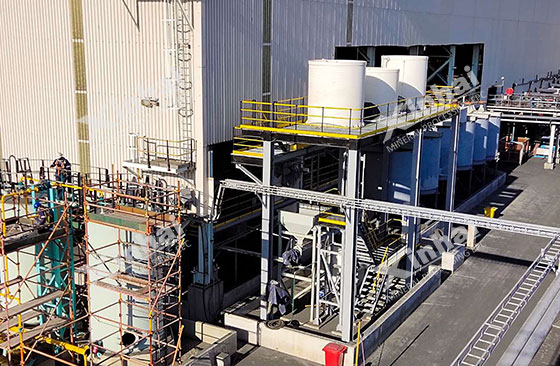
The above content summarizes the basic process and key points of chrome ore dressing operation. In actual production, the design of chrome ore dressing process and the configuration of dressing equipment should be specifically analyzed in combination with the characteristics of ore mineral composition, embedded particle size, density difference, etc., and fully consider the production scale, process requirements, economic benefits and environmental protection standards for optimization and adjustment. Only through scientific experimental research and reasonable process design can the maximization of dressing efficiency be ensured, while meeting the dual goals of resource utilization and production efficiency.


 marketing@ytxinhai.com
marketing@ytxinhai.com  0086 13810327080
0086 13810327080 






































































































 CHAT
CHAT MESSAGE
MESSAGE



